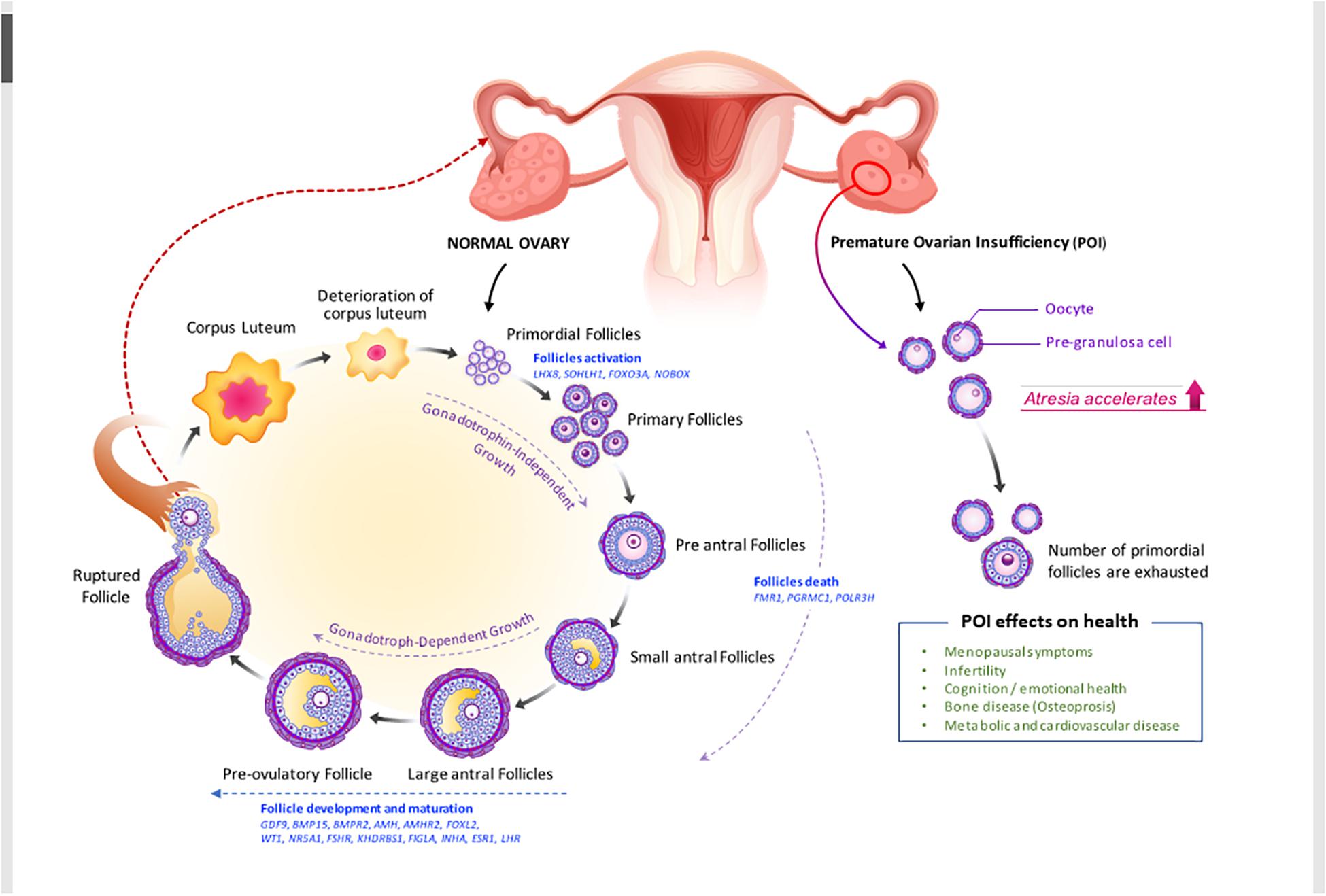Residual Ovary Syndrome: Unraveling its Causes, Treatment, and Prevention
– Oophorectomy is the surgical removal of one or both ovaries.
– It can be done to treat pelvic inflammatory disease, endometriosis, chronic pelvic pain, ectopic pregnancy, benign tumors, and large ovarian cysts.
– Oophorectomy can also be done to lower the risk of ovarian cancer in women with BRCA1 or BRCA2 gene mutations.
– Residual ovary syndrome occurs when pieces of ovarian tissue are left in the body after oophorectomy.
– The remnants can implant themselves in the abdominal cavity and cause pain or develop into cysts.
– The risk of residual ovary syndrome increases if the ovarian tissue is not completely removed during surgery.
– Causes of incomplete removal include pelvic adhesions, anatomical variations, and poor surgical procedures.
– Patients with a previous history of endometriosis or pelvic adhesions are at higher risk for residual ovary syndrome.
– Lack of menopause and continuous production of estrogen and progesterone are symptoms of residual ovary syndrome.
– Symptoms of residual ovary syndrome include irregular menstrual cycles, cyclic pelvic pain, formation of a pelvic mass, painful intercourse, difficulty in urination, and painful bowel movements.
– Diagnosis of residual ovary syndrome is done through a pelvic ultrasound or surgical exploration and biopsy of the remnant ovarian tissue.
– Treatment for residual ovary syndrome involves surgery to remove the residual ovarian tissue and hormonal therapy as an alternative.
– Preventive measures to avoid residual ovary syndrome include early surgical treatment of endometriosis and skilled surgery for ovary removal.
– Regular follow-ups with a doctor are recommended after oophorectomy to prevent the development of residual ovary syndrome.
– Risk factors for residual ovary syndrome include adhesions that make complete removal difficult and abnormal location of ovaries.
– Residual ovary syndrome is an uncommon condition, with an incidence of 2% to 3%.
– Symptoms of residual ovary syndrome include pelvic pain, pain during intercourse and bowel movements, and difficulty urinating.
– Ovarian remnant syndrome does not cause symptoms initially but can lead to the growth of cysts if left untreated.
– Ovaries may be removed during a hysterectomy depending on the underlying condition.
– If ovaries are not removed during a hysterectomy, they remain in place but hormone production slightly decreases.
– Ovaries reduce in size after menopause but do not disappear.
– Smaller ovaries may not be visualized during ultrasound imaging, but the risk of ovarian cancer is lower in these cases.
– Treatment options for ovarian remnant syndrome include surgical removal of leftover ovarian tissue, hormonal replacement therapy, and laparoscopy method.
– Residual ovary syndrome occurs after the removal of ovaries in surgery.
– The leftover tissue can grow as a cyst, causing pain.
– The leftover tissue may also get reimplanted on other organs such as the ureters, bowel, and bladder.
– Stem cells have been studied for ovary regeneration, but it has not been approved yet.
